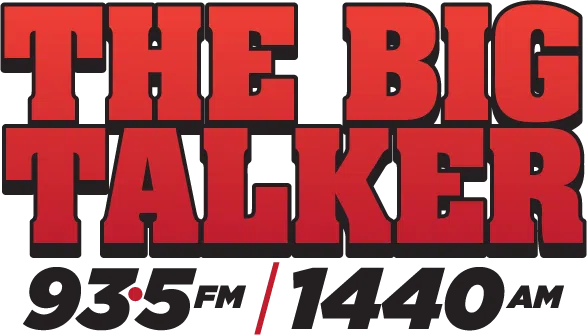KANSAS (KSNT) – The Food for Peace program was a part of U.S. Agency for International Development, but after the agency was cut from the federal budget, the program’s future had been uncertain.
Kansas farmers have struggled amid President Donald Trump’s trade war with China, but hope remains the administration could use the Foreign Food Assistance Program PL-480, or “Food for Peace,” to generate more demand for U.S. agriculture. The program allows the federal government to buy agricultural products like corn, soy and sorghum from farmers across the country for donation to countries in need.
Trade war threatens Kansas soy industry, despite record yields
At the time of the cuts, it was though that the program was absorbed into the U.S. Department of Agriculture, but Kansas Senator Jerry Moran sheds some light onto what exactly happened.
Moran said the U.S. Department of State has absorbed the authorities for the “Food for Peace” program, but the USDA remains a partner in the implementation of it. In February, the senator joined Senators John Hoeven (North Dakota) and Roger Marshall (Kansas) in introducing legislation that transfers the duties, assets and liabilities relating to “Food for Peace” to the secretary of Agriculture to streamline the program’s operations and reduce waste.
“For more than 70 years, Food for Peace has served as a tool to feed the hungry around the world using American-grown commodities,” Moran said. “At a time when commodity prices remain low, it is imperative that farmers have all available markets open to them. I am working with this administration to ensure Food for Peace can continue to operate efficiently and successfully.”
Kansas farmers look away from China
Although there has been no improvement in the trade war with China, the PL-480 still exists as a way to bail out farmers, and there’s plenty of support from Kansans to sell their grain as soon as possible.
“We would like to see Food for Peace this year,” said Andy Hineman, a fifth generation farmer based in Lane County in September. “It’s great when Kansas commodities get sent to people in need. Diplomatically it’s great when people in need get bags of crops with our flags on them, and it takes bushels from Kansas farmers and gets them paid.”
As farmers wrap up their harvest season, they’re already looking at what to plant for 2026. Prices drive decisions, and if there is no hope in sight, then Kansas farmers may be forced to make some tough decisions.
For more local news, click here. Keep up with the latest breaking news in northeast Kansas by downloading our mobile app and by signing up for our news email alerts. Sign up for our Storm Track Weather app by clicking here.




